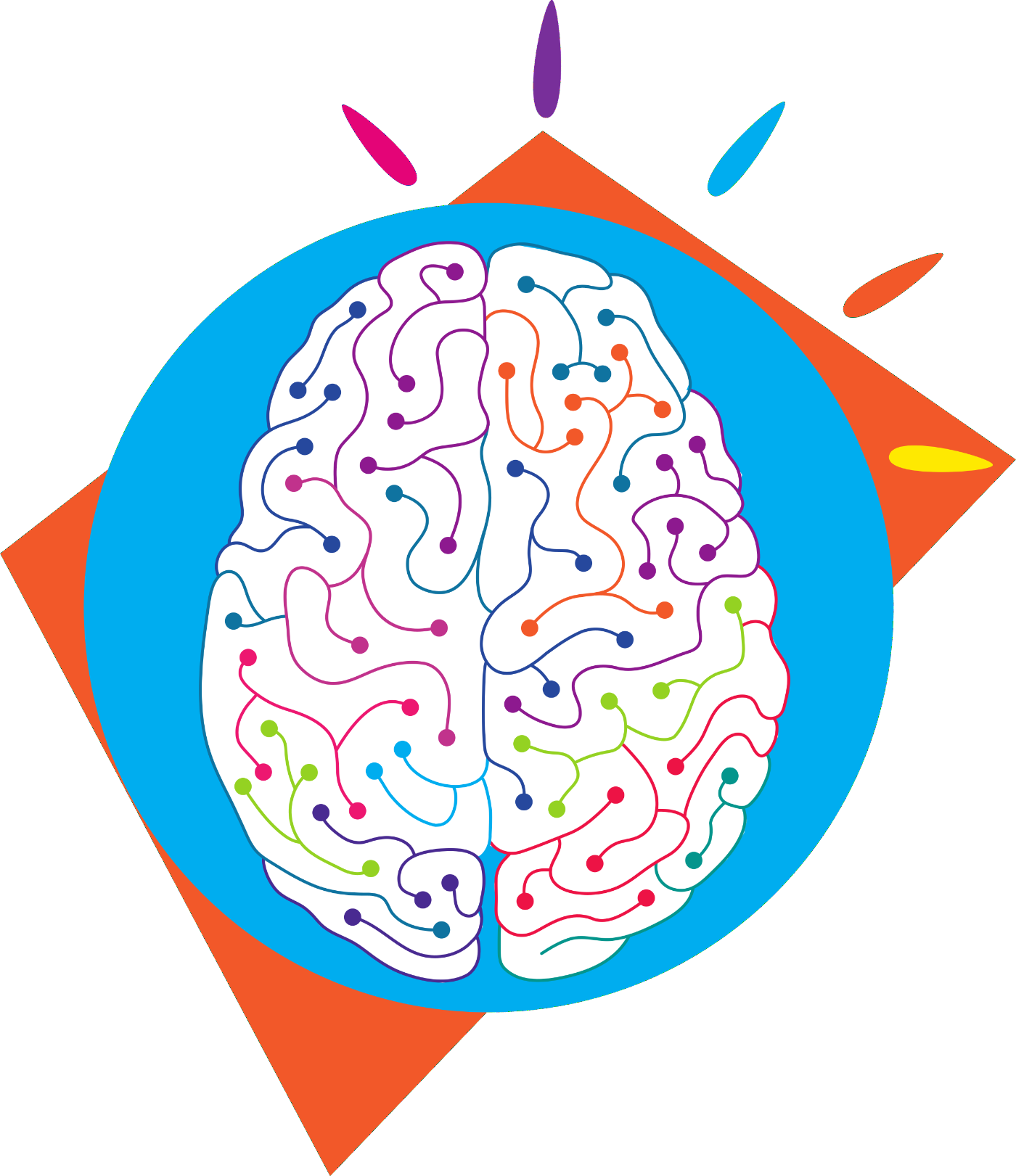
Awarded to Bradley E. White, PhD Candidate in Educational Neuroscience at Gallaudet University

First, let’s delve into the TYPICAL LINGUISTIC DEVELOPMENT of young, deaf learners acquiring a sign language. This will provide us with a platform by which we can further examine vocabulary development.
For a more extensive list of linguistic milestones for children acquiring a sign language, see the Visual Communication and Sign Language Checklist for Deaf and Hard of Hearing Children [36].
REGARDLESS OF MODALITY, LINGUISTIC DEVELOPMENT IS SIMILAR. Compared to hearing children who acquire spoken language, the developmental milestones of deaf children acquiring a signed language are not deviant. However, materials that simultaneously assess linguistic, including vocabulary, development are scarce. Therefore, for the hearing parent of a deaf child acquiring a sign language, this information as well as information about how to facilitate language vis-à-vis vocabulary development might not be readily available or accessible. Children, when provided more opportunities for communicating with parents, siblings, peers, and other adults, have shown to develop better language skills [6, 12]. Additionally, early exposure to quality language, including vocabulary, is essential for developing appropriate socio-emotional attachment/bonds [25] and, as stated previously, reading comprehension [3, 4, 5, 14, 21, 23].
We aim to close this gap of understanding by providing EDUCATIONAL MATERIALS in the form of a website and informational handouts catering to professionals who work closely with parents who have deaf or hard-of-hearing children acquiring a sign language, including but not limited to teachers, early interventionists, speech-language pathologist, doctors and clinicians (e.g., pediatricians, audiologists), et cetera. acquiring a signed language. These materials will not only elucidate the similarities between typical spoken and signed language acquisition, but will also provide suggested actions for parents, teachers, and caregivers to facilitate vocabulary development. It is our goal to provide accessible materials that will increase awareness of i) the similarities between spoken and signed language acquisition, ii) the importance of vocabulary development, and iii) some actions that parents, teachers, and caretakers can take in order to facilitate vocabulary development in sign language learners.
Vocabulary is one imperative component of language development, whether the child is hearing and acquiring a spoken language or deaf or hard-of-hearing acquring a signed langauge. In addition to the predictory nature of vocabulary development on reading comprehension, vocabulary size has been correlated with brain function for language processing [28].

THE BEHAVIORAL ABILITY TO LEARN NEW WORDS based on small distinctions from other words (i.e., fine phonologial and phonemic distinctions) is more closely correlated to vocabulary development than age [26, 32, 33, 34]. This further stresses the importance of vocabulary development and vocabulary skills both on a developmental timeline and a cognitive maturational timeline.
Additionally, research tells us that deaf, native signers exhibit typical brain activity and cognitive processing patterns for sign language as hearing, native speakers do for spoken langauge [27, 29, 30, 31, 35]. However, children must be provided with unimpeded (i.e., modality-appropriate) access to rich language experiences early in life to achieve typical language processing [27, 30]. The urgency on "early-life" unimpeded access to rich language experiences is commonly referred to as the language critical/sensitive window.
View our supplemental materials, which includes tips on building vocabulary in deaf and hard-of-hearing children and a side-by-side timeline for linguistic development in both spoken and signed langauges.
As part of this online resource guide, we have compiled a list of other resources that you might find useful. Please note that this list might not be comprehensive in scope.
You can contribute to this online resource guide by telling us a little bit about yourself, how you use this product, and/or how we could improve this product's accessibility.